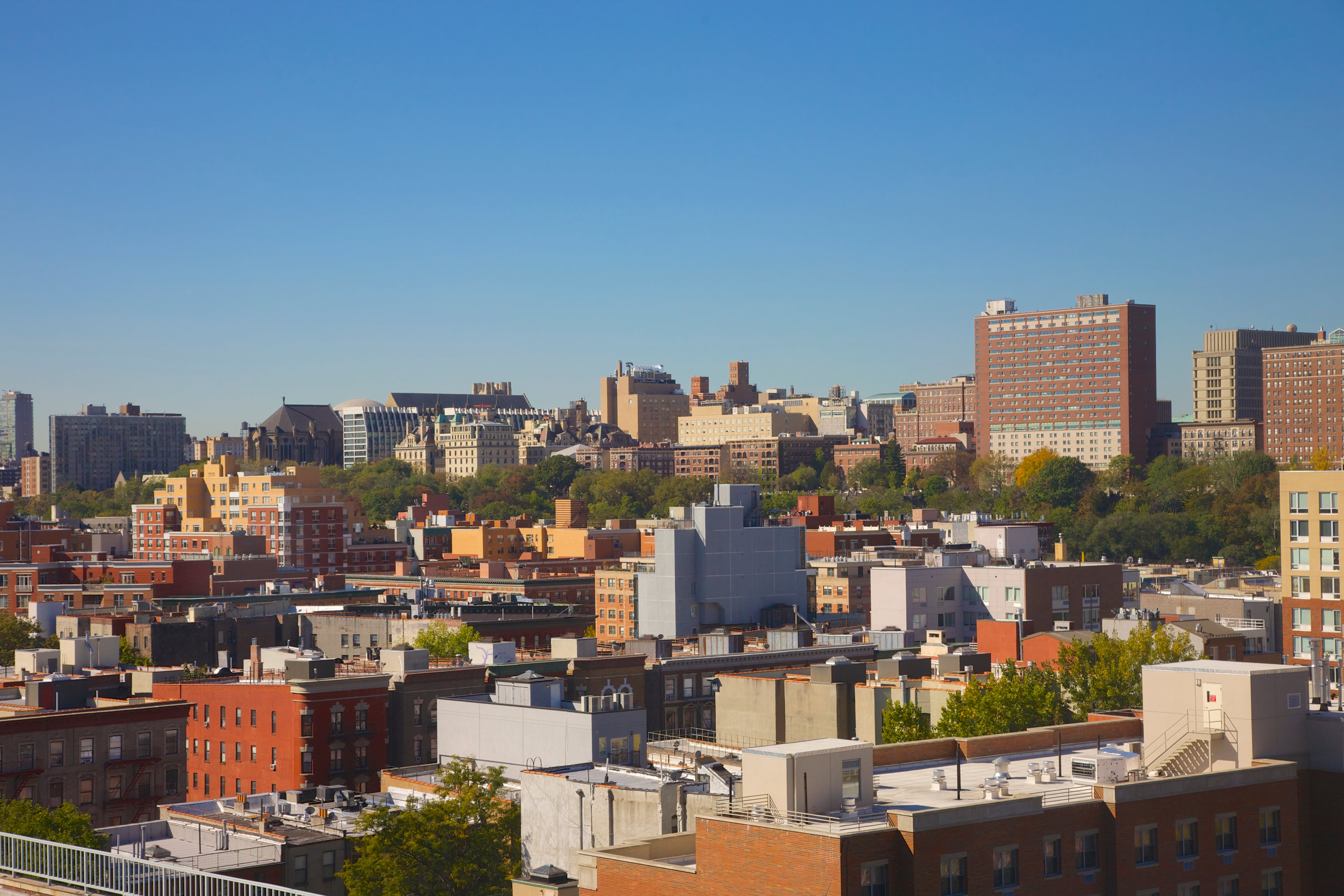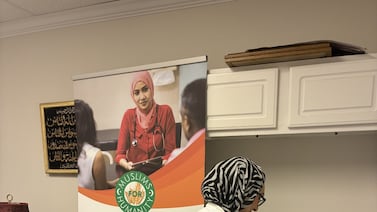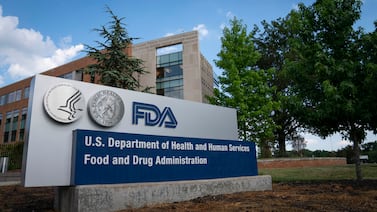Public health, explained: Sign up to receive Healthbeat’s free New York City newsletter here.
Three people have died, and 64 others have been sickened in an outbreak of Legionnaires’ disease in Central Harlem that has grown significantly in the past week.
Legionnaires’ disease is a type of pneumonia spread through bacteria that grows in warm water. The New York City Department of Health and Mental Hygiene announced its initial investigation into the disease cluster on July 25, with five confirmed cases. The agency reported the first death last week, a second death on Monday, and a third on Tuesday.
While the disease risk to most New Yorkers is low, the agency urges anyone who lives or works in Central Harlem and has flu-like symptoms to seek medical care. The Health Department has identified the ZIP codes 10027, 10030, 10035, 10037, and 10039 as impacted.
“We are certainly extremely concerned when we see a cluster like this, and with people losing their lives,” Dr. Michelle Morse, acting commissioner of the Health Department, told Healthbeat on Tuesday.
Morse declined to share details on those who had died or who had been sickened.
People can contract Legionnaires’ disease by inhaling vapor or mist that contains Legionella, a type of bacteria. Legionella can spread through cooling towers, plumbing systems, showers, and hot tubs. The disease is not spread person-to-person.
The agency’s investigation into the disease cluster centers on rooftop cooling towers, not on individual buildings’ plumbing systems, Morse said. That means that residents of the affected neighborhoods can continue to drink tap water, bathe, shower, cook, and use air conditioning.
But the towers — which control the temperature of centralized cooling systems — pose challenges for halting the spread of the bacteria.
“Our concern is really that the source of the droplets with the bacteria in them are coming from the rooftops’ cooling tower devices and spreading haphazardly in an unpredictable fashion,” Morse said.
The Health Department has completed remediation on 11 cooling towers that initially tested positive for Legionella. Morse added that follow-up tests from the towers are pending.
New York City requires all building owners to register, maintain, and test their cooling towers, fluid coolers, and evaporative condensers. The requirement emerged in response to a significant local outbreak of Legionnaires’ disease in 2015, when 138 cases and 16 deaths were traced back to a single cooling tower in the South Bronx.
Most people exposed to Legionella do not get sick. But some people are at greater risk for the disease, including current or former smokers, people at least 50 years old, and those with health conditions including cancer, chronic lung disease, diabetes, kidney failure, liver failure, and weakened immune systems, according to the Centers for Disease Control and Prevention.
Symptoms of Legionnaires’ disease are typically a cough, fever, muscle aches, and chills, and can include headaches, fatigue, loss of appetite, confusion, or diarrhea, according to the Health Department. The agency recently urged clinicians across the city to be on alert for possible cases of Legionnaires’ disease among all adults with pneumonia. The disease is treatable with antibiotics, especially if caught early.
Legionnaires’ disease is not common in New York City, although cases do emerge each year and tend to increase from June to October. The Health Department typically logs about 300 to 700 cases annually.
A public housing resident in Brownsville died of the disease last year, and in 2022, an outbreak at a Manhattan nursing home resulted in five deaths. Last year, water testing identified Legionella throughout 26 Federal Plaza and a case of Legionnaires’ disease was later reported in an employee associated with the federal complex.
Legionnaires’ disease tends to emerge more frequently in neighborhoods with older populations and higher rates of poverty, according to a Health Department surveillance report. From 2019 to 2022, the city’s highest annual disease rates were concentrated in parts of Harlem and the Bronx. Among residents with Legionnaires’ disease in that period, more than 90% had at least one chronic medical condition, and more than 50% were previous or current smokers.
The disease was originally detected in 1976, when an outbreak occurred during a meeting of the American Legion in Philadelphia, resulting in 221 disease cases and 34 deaths. The outbreak was later linked to the cooling system of the hotel hosting the meeting.
Eliza Fawcett is a reporter covering public health in New York City for Healthbeat. Contact Eliza at efawcett@healthbeat.org.







